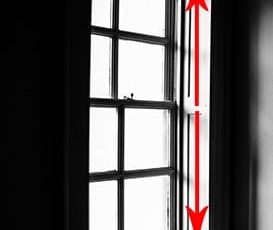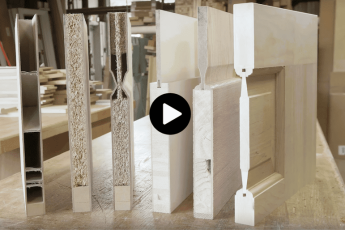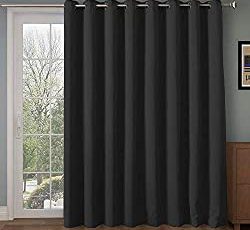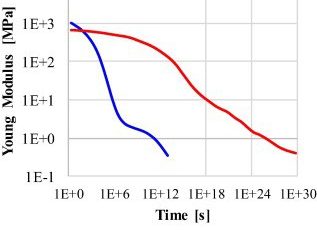Considering acoustic insulation for your walls and floors, you may wonder whether you should use QuietRock or Green Glue. Both products work by converting one type of energy into another. However, there are differences between these products. This article will help you make the right choice for your needs.
Green Glue is more versatile than QuietRock.
In addition to QuietRock, Green Glue is also a good choice for soundproofing. It is a versatile product that will continue providing noise-proofing after the fixtures are installed. Its primary disadvantage is that it does not harden quickly enough to prevent it from dripping on the plasterboard. Still, it can help to dampen the vibrations of thin metals and plastics, which makes it very useful for various types of equipment.
Green Glue is a polymer that is highly effective at dampening sound. It does this by converting the mechanical energy from sound waves into heat. As a result, it can dampen sound vibrations in walls and ceilings, thereby boosting the sound-proofing power of the room. The material is also very versatile, as it can be used on walls, floors, ceilings, and even loudspeaker cabinets.

Green Glue is also affordable. It costs less than MLV, which makes it an excellent choice for those on a budget. While MLV is becoming more widely available, it can be pretty expensive. It can be difficult to justify its higher cost, mainly if Green Glue is cheaper.
Green Glue is an excellent choice for soundproofing walls, as it can be used on standard wood and metal stud walls. It is very versatile and is much more flexible than QuietRock. The product has better STC ratings than MLV and is much easier to apply in corners.
Green Glue is water-based and non-toxic. It has a slight odor that is similar to other latex products. The odor is not harmful but can cause headaches. It can be used on the whole house or building.
It can be used to soundproof walls, floors, and ceilings.
Green Glue is an adhesive that can be applied to walls and ceilings to reduce airborne noise. The best way to use it is to cover the entire surface rather than just the top layer. It is best to use two tubes per 5X8 sheet of drywall. One tube is enough, but two tubes will provide even more soundproofing. It is also essential to seal seams and outlets, as even an eighth-of-an-inch gap will let sound travel. It also takes time for the glue to dry and set, so expect to wait a week before noticing any actual results.
Green Glue is a common material for soundproofing walls and is becoming more recognized in the UK as a soundproofing material. Many houses in the states are built from timber-based constructions, the equivalent of stud walls in the UK. Because they have less mass than brick buildings, these lightweight walls are poor at blocking noise. Green Glue and MLV can help make these walls more effective at blocking noise.
Green Glue is an affordable way to soundproof walls, floors, and ceilings. The compound is specially formulated to be applied between rigid layers of materials and dramatically reduce sound vibration. It is an excellent choice for residential, commercial, and industrial applications. The compound is easy to apply and can be used for new construction or remodeling projects.
Green Glue is a non-toxic, water-based product that can soundproof walls, floors, and ceilings. It can be used between layers of nonporous material such as plywood and Hardibacker. Its non-toxic nature makes it a safe and effective soundproofing product.
It converts one type of energy into another.
Green glue is a natural, non-hazardous glue commonly used in renovations and construction projects. It bonds well with wood products such as plywood, drywall, and mass-loaded vinyl. It is also resistant to mold growth and has a distinctive odor. This non-hazardous glue is available in tubes and pails.
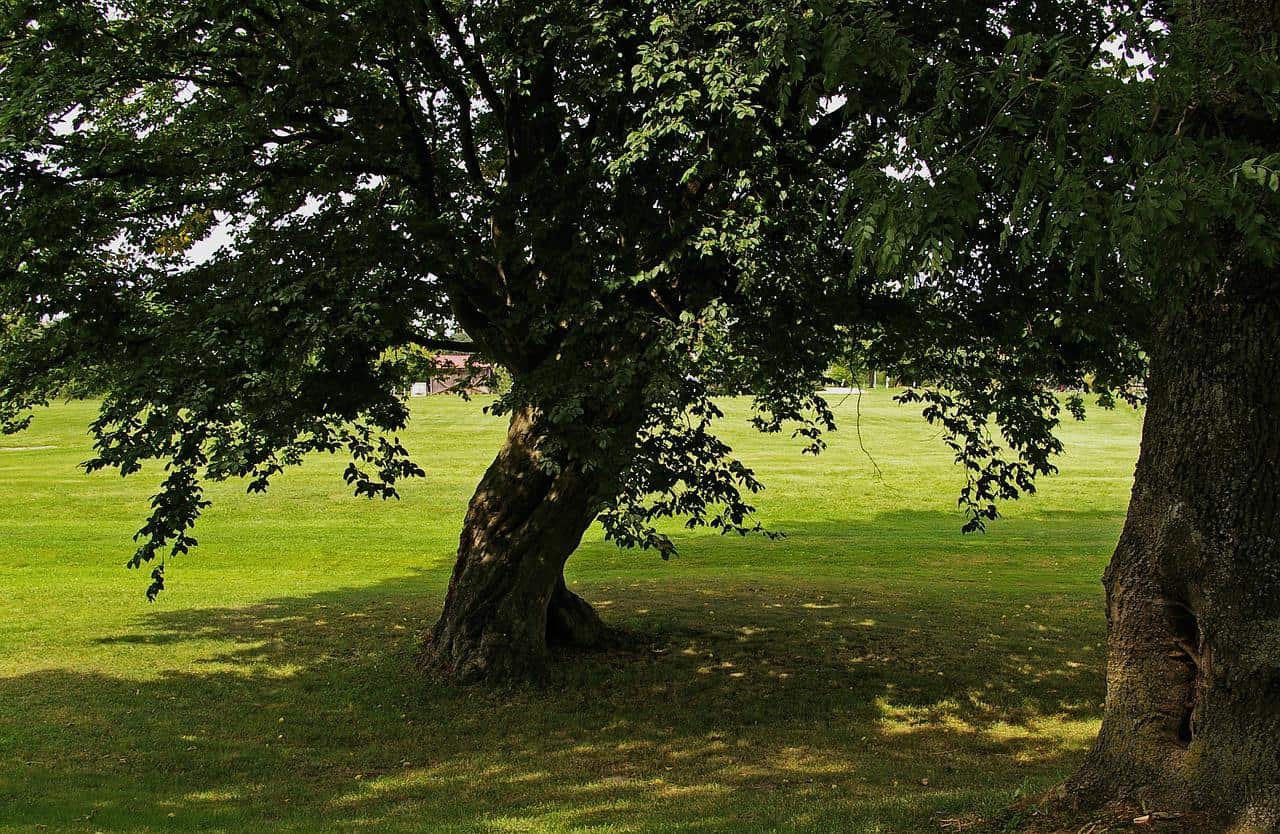
Green Glue works similarly to acoustic caulk. It helps soundproofing by insulating one area from another by converting mechanical energy into heat. It also dissipates vibrations. A bucket of Green Glue can cover a 300-square-foot surface.
The company offers Green Glue Noiseproofing Compound and Whisper Clips. These products can effectively isolate a room from outside noise and reduce noise from outside. It also helps in preventing noise from traveling between two rooms. Green Glue Noiseproofing Compound is an excellent solution for dissipating low-frequency noise.
It is available
If you are looking for a good soundproofing product, you can compare Green Glue and QuietRock. The two products are similar in appearance and cost but have some significant differences. One of the biggest differences is their soundproofing capabilities. Green Glue can be used for various applications, including soundproofing, while QuietRock is designed for interior walls.
A Green Glue review shows that the product performs better on walls than QuietRock. QuietRock is suitable for walls but not as effective on ceilings and floors. Green Glue is a good choice for new construction and renovations because it is more versatile. It can be used on floors, walls, and ceilings and has an excellent rating for non-residential buildings.
It is a competitor to QuietRock.
Green Glue is a competitor to QuietRock, a soundproofing product for walls and ceilings. QuietRock is a ready-to-use product, whereas Green Glue requires drywall application. However, both products are effective at dampening noise and are suitable for new building projects and renovations.
QuietRock is a sound-reducing floor made of two layers of 1/4″ drywall, one with a layer of QuietGlue Pro sandwiched between them. It is incompatible with green glue, the clip-and-channel system, or other wall-framing isolation techniques. QuietRock includes a 1 3/4-thick solid MDF core door, perimeter seals, and after-market components.

Green Glue is cheaper than QuietRock in many respects. A half-inch thickness of Green Glue is about $5 cheaper than a full-inch sheet of QuietRock. However, a fifth-inch thick sheet of QuietRock costs nearly $100 more than Green Glue.
Green Glue is available online and through a network of distributors. Distributors can help with installation and technical questions. However, it is not suitable for all projects. Some projects may require more labor and are more expensive. Whether Green Glue is the right choice depends on the project, budget, and performance criteria.

